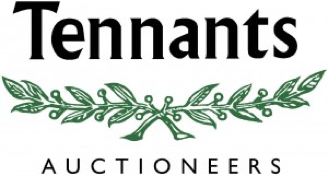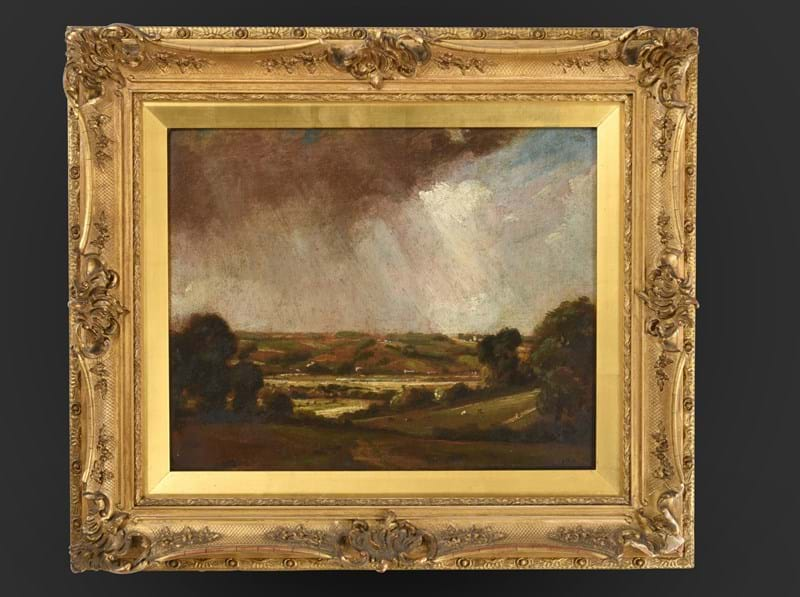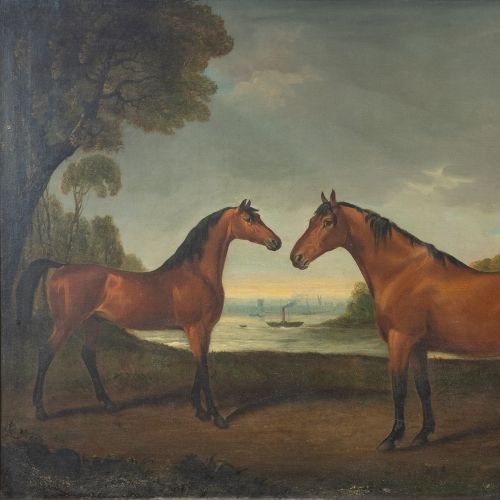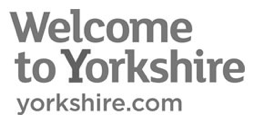A rare mid 18th century Irish Penal Cross will be coming up for auction in the Country House Sale at Tennants Auctioneers on the 14th September, with an estimate of £300-500 plus buyer's premium.
History of Irish Penal Crosses
Penal Crosses are small, portable devotional artefacts made in Ireland from the early 18th century to the middle of the 19th century, during a time of suppression of the Catholic faith by a Protestant Parliament who swore obeyance to the British Crown. From the late 17th century a raft of Penal Laws were introduced that restricted employment, landownership, education and freedom of worship for the Catholic population.
During this period, devout Catholics continued to practice their faith, and Penal Crosses are heavily associated with pilgrimages to Lough Derg in County Donegal, a religious site associated with St Patrick. It is probable that the crosses were produced as a cottage industry in the area, and sold to pilgrims as a token of their visit. Indeed, the crosses are usually carved with a date, which was most likely the date of their pilgrimage.
Symbolism on Penal Crosses
Whilst Penal Crosses vary from maker to maker, they are all of a type: carved from one single piece of wood, the crucifixes tend to have short cross bars and the figure of Christ in high relief, often elongated and stylised as in the present example. Covering the rest of the cross are a range of inscriptions and symbols relating to the Passion of Christ in various combinations. Some of the most commonly found include 'INRI' (Jesus the Nazarene, King of the Jews), 'IHS' (an abbreviation of the Greek form of Jesus), hammers, nails, spears, ladders, scourge or lashes, skulls and bones, pincers and dice. Distinctively, there is normally a cockerel, often carved over a pot, as a reminder of the tale from the apocryphal Gospel of Nicodemus that recounted the return home of Judas following his betrayal, when, full of fear that Christ would rise from the dead and punish him, he was intent on killing himself. At home he found his wife cooking a cockerel over the fire. His wife told him that there was as much chance of Christ rising from the dead as the chicken coming back to life, at which point the cockerel did indeed return to life and crow.
The present example inscribed with a date of 1762, and alongside the Christ figure, is inscribed on the front with 'INRI', a scourge, a ladder, a cockerel and a cooking pot, and on the reverse with 'IHS', nails and scourges.
View Country House Sale Details













